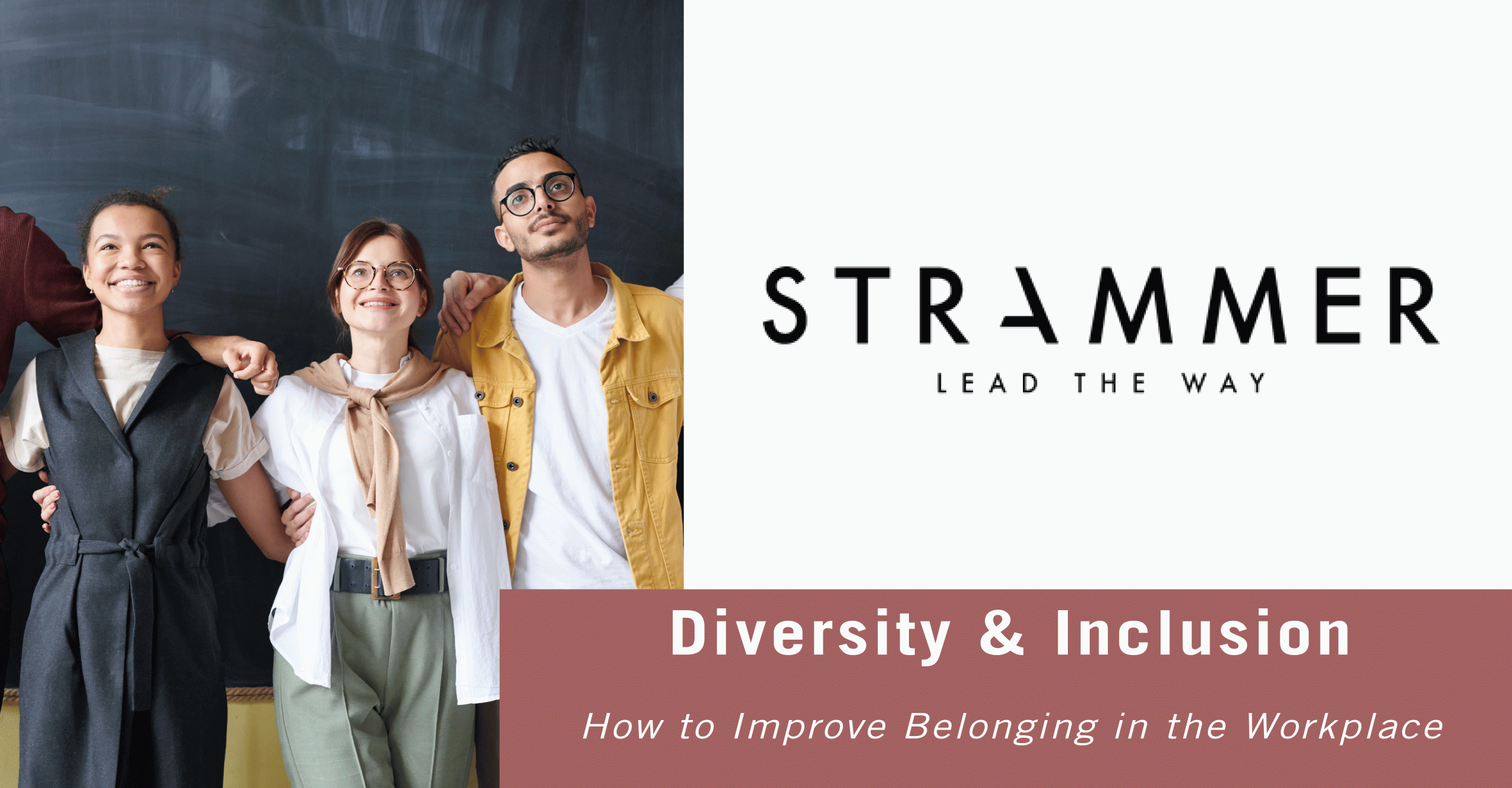Building Workplace Belonging and Cultures of Inclusion
Belonging can be defined as “acceptance as a member or part.” It´s a basic human need which can affect our sense of identity, self-esteem, and mental and physical health.
In the workplace, research has shown feeling a high sense of belonging leads to positive outcomes. Specifically, it was found to improve team performance by 56% and reduce time off due to sickness by 75%.
But if workers do not feel as though they belong, and in fact feel excluded, research shows productivity suffers. Furthermore, feeling disconnected to others or out of place can create individual distress, negatively impact well-being, and introduce toxicity into the company culture.
Yet, despite its primary importance, many employees feel belonging is lacking in their workplace. In the UK, one study found that only 32% of the HR and office workers surveyed felt as though they wholly belonged in their organisation.
Pat Wador, the head of HR at LinkedIn, has advanced the view that businesses´ diversity and inclusion (D&I) efforts fall short without belonging. She explains that if on paper diversity is achieved but workers feel ‘othered’ within their organisation, then D&I has not succeeded.
Moreover, one study conducted in 2018 showed employees feel companies “simply pay ‘lip service’ to diversity and inclusion.” This indicates that many employers must go further, demonstrating a resolute commitment to creating an inclusive work environment. One way of approaching this is by seeing belonging as an indispensable metric of organisational diversity progress.
Belonging can derive from different aspects of the employee experience. In LinkedIn´s Inside the Mind of Today´s Candidate report, employees were asked what would make them feel like they belonged at work. The top answer was “being recognised for my accomplishments”, which highlights the importance of showing gratitude to employees. Formal recognition programmes, positive feedback during performance reviews, and direct compliments when employees go the extra mile or after a team achievement can help individuals and teams to feel recognised for their contributions.
Indeed, strong work relationships are also an essential component of belonging. Employees should be encouraged to bring new colleagues into the fold and proactively step forward as allies if they witness microaggressions or exclusion.
Additionally, companies must create an office design conducive to inclusion. Employers should implement working furniture and layouts that work for all employees and are accessible to those with disabilities. It is important to be aware that decorations like photos are non-verbal cues that convey messages about company values and culture.
Lastly, organisations can build belonging through shared values. 37% of employees surveyed in the earlier mentioned LinkedIn study felt “having the company values align with my own personal values” would make them feel like they belonged at an organisation. One idea to help employees feel invested in an organisation’s values is to design them with the involvement of employees and review them regularly. This will ensure they reflect the employee voice and the company evolution.
In sum, it may be useful to conceptualise D&I efforts differently; instead of focusing solely on diversity, companies can consider what kinds of actions they can take to foster inclusive cultures and belonging at every organisational level.
References
- Belonging At Work Is Essential—Here Are 4 Ways To Foster It, September 2019, Forbes.
- 6 Ways to Foster Belonging in the Workplace, CultureAmp.





